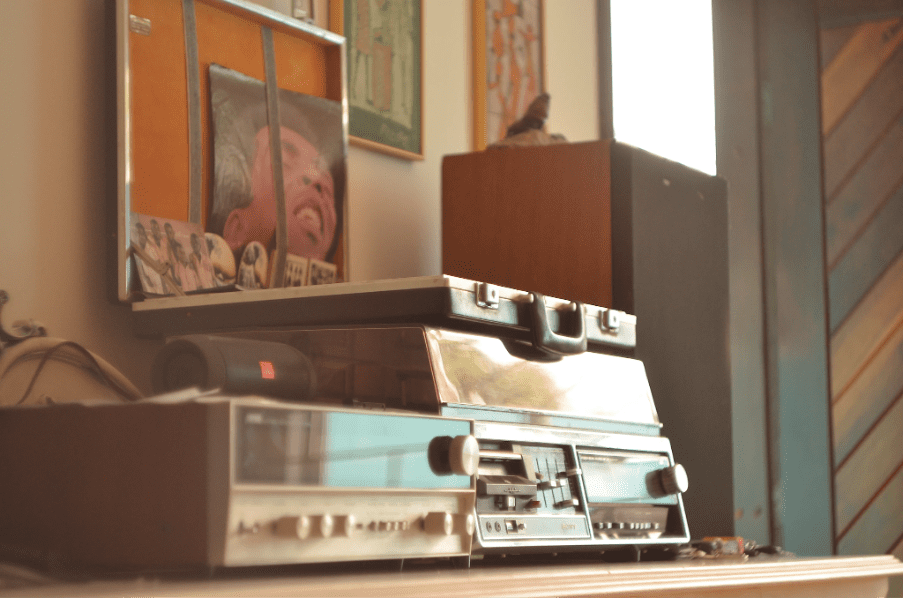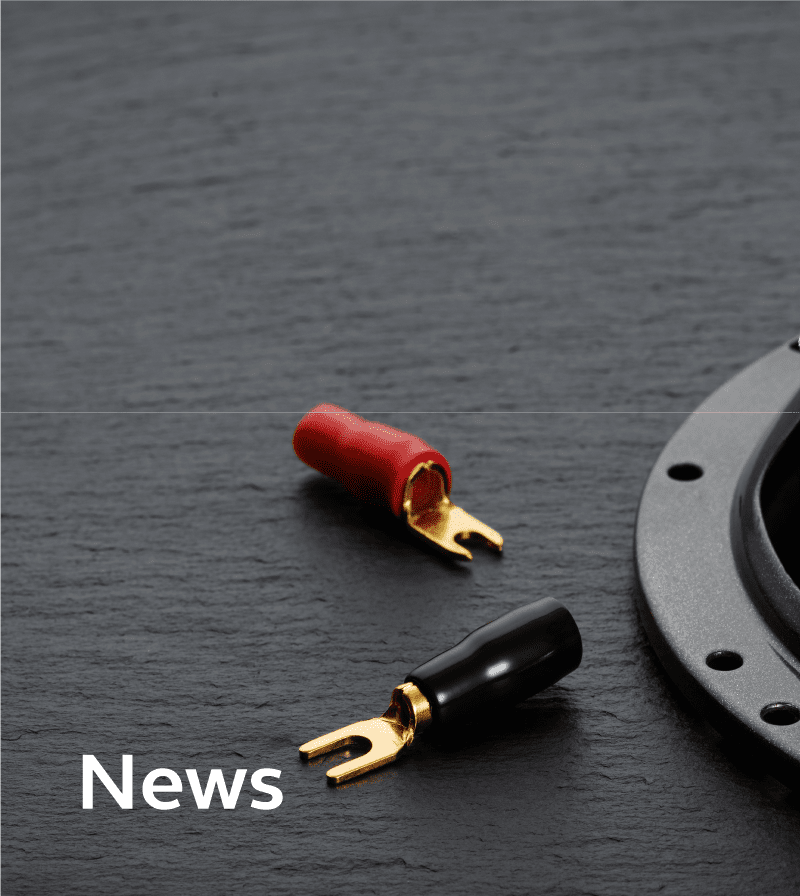Meta description: If you’re a beginner in pursuit of high-quality sound and are building a premium home audio system, the Jazz Hipster Perfect Fidelity Audio System Guide will provide you with a leisurely journey into the beauty of sound.
Digital music is great—clear, clean, and free of noise. But why do we still love “vinyl records”? Because they are authentic. Even with slight imperfections compared to digital recordings, they capture the natural conditions of the moment, the sound recording, and the transmission quality. They are like restoring historical landmarks; “renewal” always seems less genuine than the natural traces of “restoration.” Enjoying authenticity without pretense is the pursuit of connoisseurs.
Whether it’s playing classical music, live performances, pop songs, or TV shows, users always want an “immersive” auditory experience and hope that their home audio system can effortlessly provide “fidelity” for all situations. However, many enthusiasts believe that if you opt for a Hi-Fi audio system that emphasizes fidelity, it may not be truly faithful. Why does high fidelity sometimes mean less fidelity?

The well-known term Hi-Fi is actually an abbreviation of “high fidelity,” which seeks to reproduce recorded sounds as faithfully as possible, aiming for “true-to-original” sound reproduction. Just as home TV ads always aim for ultimate fidelity and perfect colors that make the picture look more vivid than the real world, the perception that “the more vibrant, the more lifelike, and the more lifelike, the more faithful” leads people to take too many added elements “seriously.” Similarly, Hi-Fi audio systems have been criticized for similar reasons, mainly due to “harmonic distortion” and “intermodulation distortion.”
P.S. Harmonic distortion refers to deliberately amplifying or attenuating certain specific sounds in the original sound. Intermodulation distortion is the interaction of two or more frequency signals in audio or electronic equipment.
Professionals also point out that while audio quality is essential, environmental conditions have a more significant impact. For example, floor-standing speakers excel in large spaces but may cause distortion in small rooms. Attention to details like wall surface reflection distance, room layout, and even compatibility between sound input/output and audio systems, including recording equipment and network audio technologies like Dante, AVB (Audio Video Bridging), and TSN (Time-Sensitive Networking), all influence “fidelity.” Ensuring that the sound field complies with emerging audio standards like AES67 (Audio Engineering Society Standard 67) and Ravenna is essential for system expansion and scalability in the future.
7 tips to build a quality Hi-Fi audio environment
“With so many intricacies, how can newcomers balance it all?” Jazz Hipster audio quality experts recommend using the following seven methods to effectively establish the foundation of fidelity in your audio system, offering a high-quality sound experience:
Method 1: Understand the Acoustic Environment
Adapt to the surroundings, as it’s the foundation of an immersive experience and determines success. This includes room size, layout, and furniture’s sound reflection (movable or not). Adjustments can be made using diffusers and bass traps to optimize sound propagation and reduce abnormal reflections.
Method 2: Maintain Audio Source Flexibility
Consider the variety of audio sources you encounter daily, from streaming devices, televisions, and record players to CDs and DVDs. Building a faithful and high-quality audio system requires compatibility with mainstream and preferred audio sources to ensure effective handling and conversion without sound loss. Currently, the best approach is to use a Digital-to-Analog Converter (DAC) for assistance.
P.S. DAC is a device that converts digital signals into analog signals. In today’s predominantly digital music environment, it’s an essential component, allowing people to hear analog audio signals for sound perception.
Method 3: Enhance Power – Precisely reinforce amplify sound
Amplifiers primarily amplify input signals, making them stronger for better speaker or output device performance and adjustment. Sound volume directly affects listening pleasure, and the amplifier’s quality and performance determine sound quality (fidelity). 新的comers can use parameters like Total Harmonic Distortion (THD) provided by manufacturers as a basis for audio selection. For high-quality home Hi-Fi audio systems, the THD value should range from 0.1% to 1%, and Signal-to-Noise Ratio (SNR) should exceed 100 decibels.
P.S. Signal-to-Noise Ratio (SNR) measures signal quality in decibels (dB). The signal represents the desired and useful signal, while noise refers to unwanted interference. The formula for SNR (dB) is SNR (dB) = 10 * log10 (signal power/noise power).
Method 4: Structure Sound Layering – Dynamic balance for different contexts
Speakers and amplifiers are the core of audio output quality and must have appropriate frequency responses and low-frequency and sub-frequency capabilities for dynamic balance and depth in sound. Optimizing speaker placement requires consideration of cabinet design, internal reinforcement, damping materials, and component isolation to reduce unnecessary resonance. Additionally, you should consider a Directivity Index of 4–6 dB and harmonic distortion close to 0.1% or below.
P.S. Directivity Index (DI) is a parameter used to describe the sound distribution characteristics of speakers or audio devices at specific audio frequencies. It measures how sound radiates and propagates in different directions and is usually expressed in decibels (dB).
Method 5: Choose Quality Wiring – High-quality cables for high-quality sound
To ensure fidelity from input to output, attention must be given to the quality of cables and connectors. A healthy wireless connection environment is also essential, with stable signal conditions achieved through net工作 bandwidth, transmission speed, and assisted codecs like aptX HD or LDAC. Not all cables and connectors are compatible, so cable capacitance of 50-100pF/ft and inductance of 0.1-0.5 µH/f are crucial considerations.
Method 6: Emphasize Power Regulation – Stable, clean power supply
Power conditioners provide functions such as interference filtering, voltage stabilization, voltage protection, and current protection. They eliminate or reduce voltage fluctuations, electrical noise, electromagnetic interference (EMI), and radiofrequency interference (RFI) in the power supply to ensure that audio system equipment receives a stable, clean, and noise-free power supply. They are commonly used in music production, TVs, and home theater systems.
Method 7: Customize Per Personal Needs – Choose personalized peripherals
When building a personal Hi-Fi audio system, enthusiasts can pursue their desired audio experiences by selecting equipment and functions that match their preferences. This can include focusing on acoustic accuracy, balance, soundstage optimization, and compatibility with advanced audio technologies like Dolby Atmos.
Embracing New Transmission Technologies: Choose Wisely for Fidelity in Wireless Communication
If you’re eager to adopt cutting-edge audio setups, you should be aware of the impact of Wi-Fi 6. It offers higher data capacity, allowing Hi-Fi audio systems to connect multiple devices simultaneously. Wi-Fi 6 features with Orthogonal Frequency Division Multiple Access (OFDMA) and Basic Service Set (BSS) help alleviate network congestion and improve latency control. In terms of security, Wi-Fi 6 addresses the shortcomings of Wi-Fi 5, effectively protecting Hi-Fi audio systems from potential network threat risks. If you opt for Bluetooth, choose the Bluetooth 5.2 version to reduce transmission instability.
In fact, whether you are a seasoned audiophile or a newcomer, you can create your own high-quality and faithful audio system using these seven methods. Alternatively, you can seek advice from the Jazz Hipster professional team.




